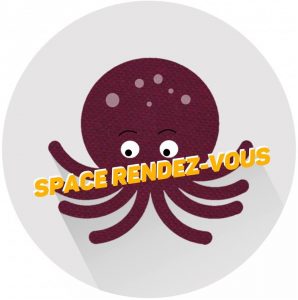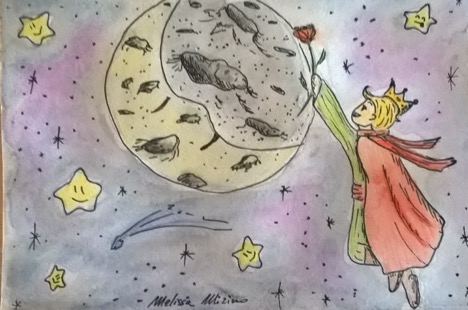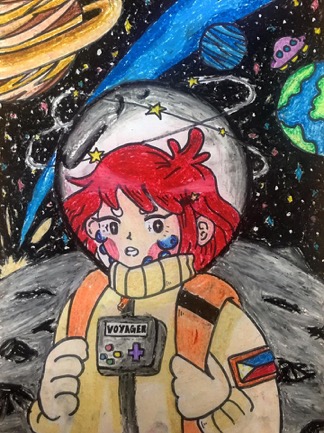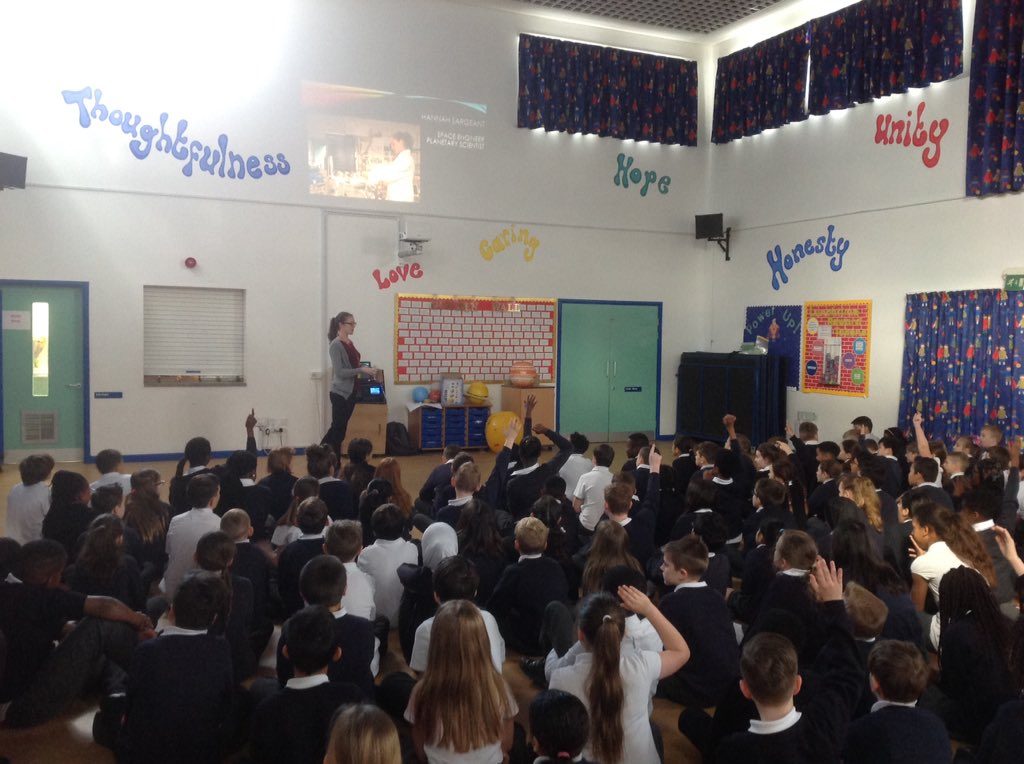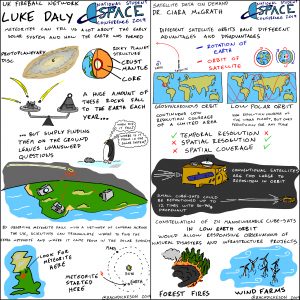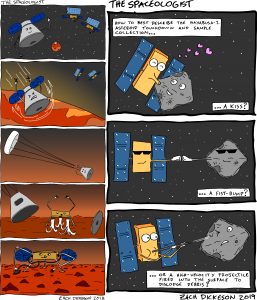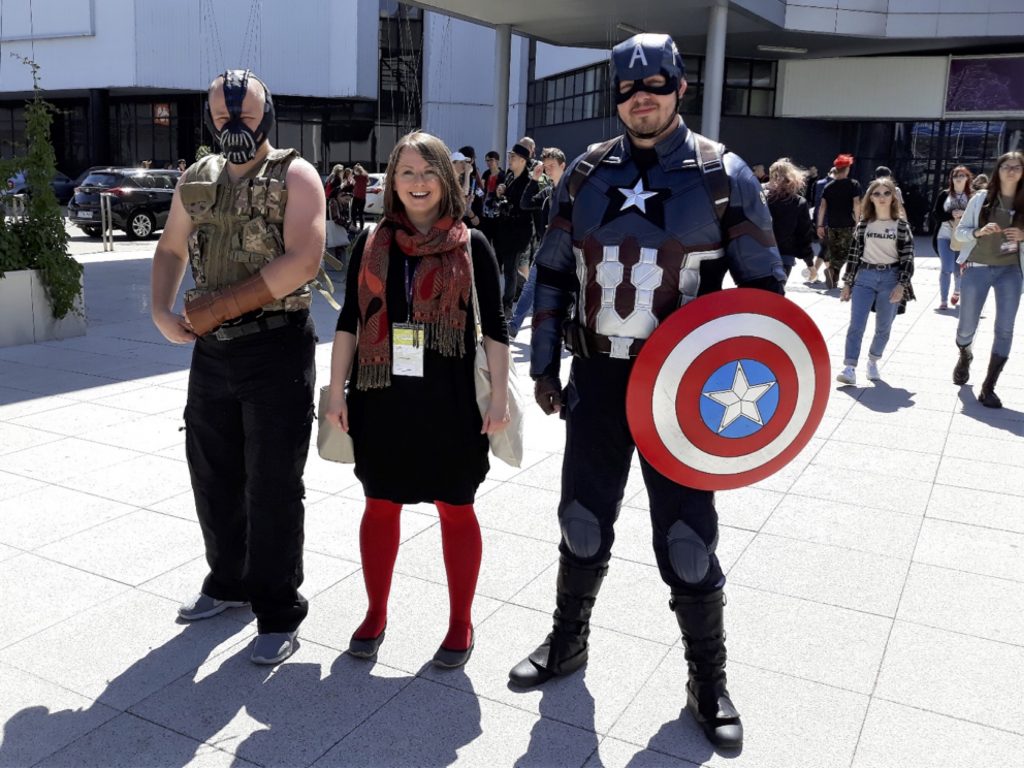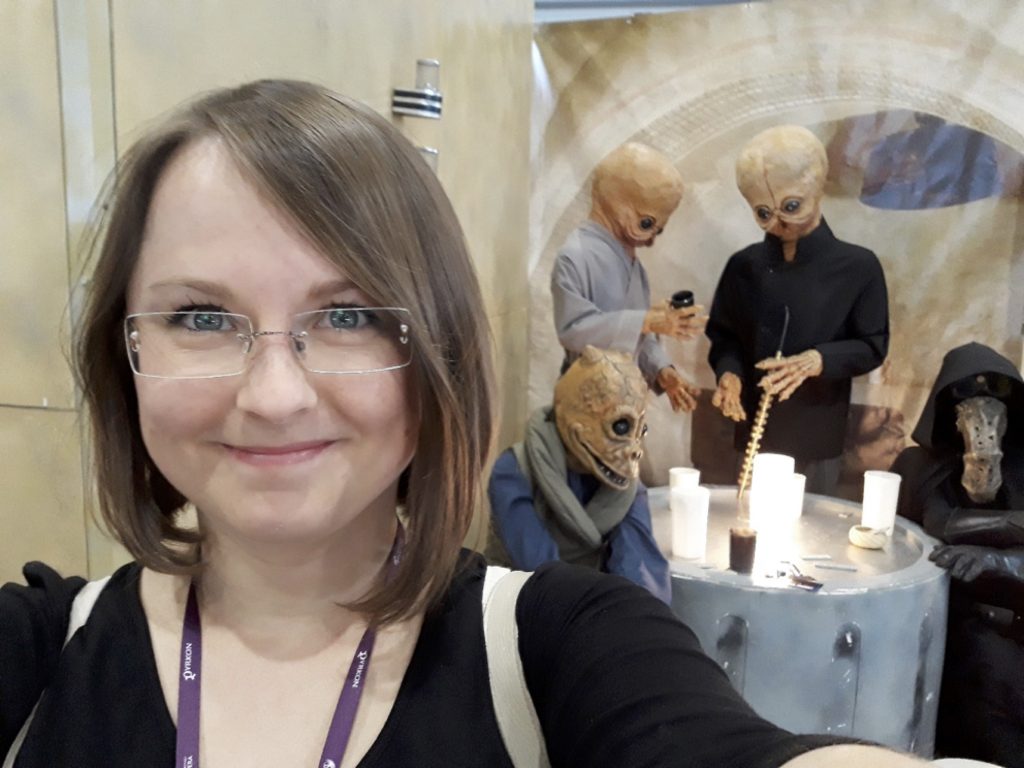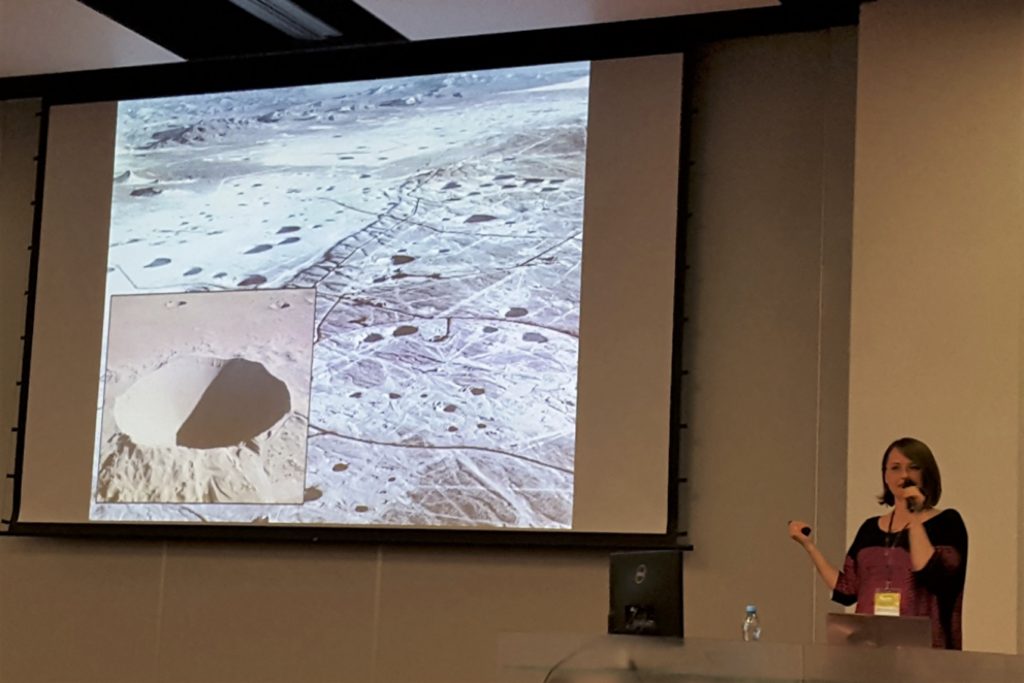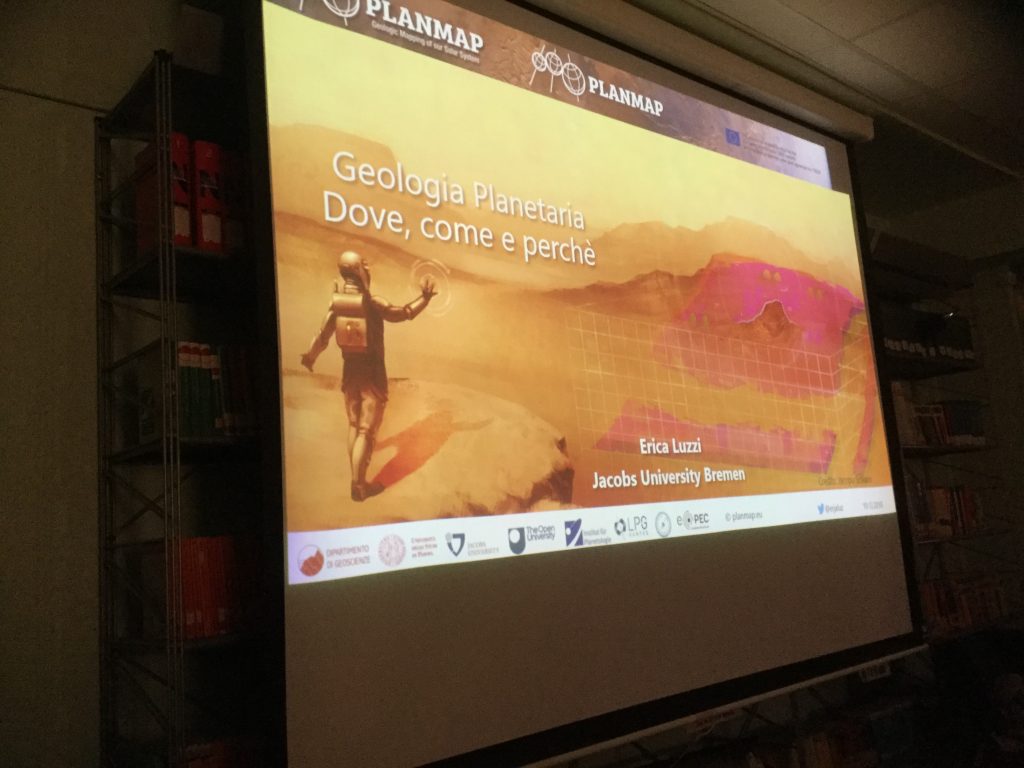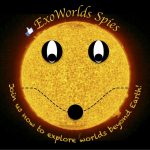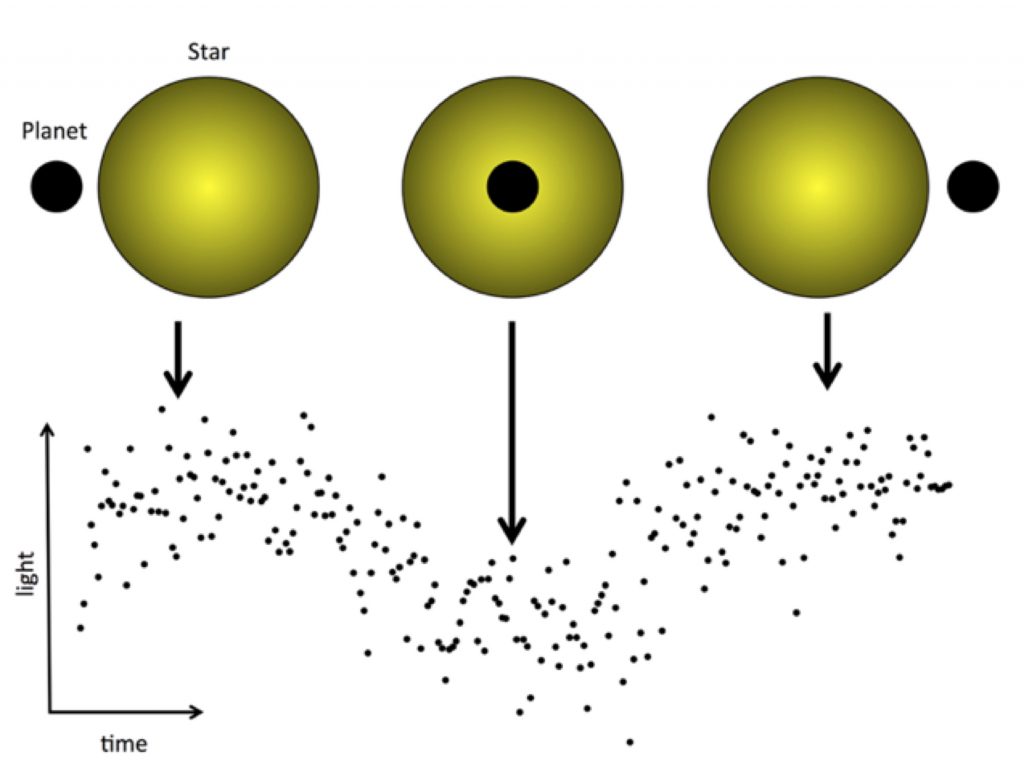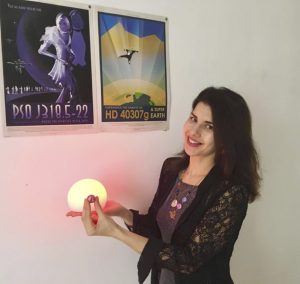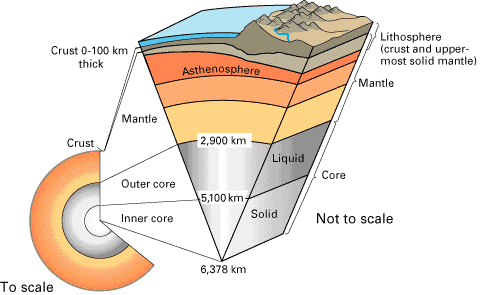Inspiring Stories – Sailing Across the Stars
In this EPEC Inspiring Outreach Story, José Eduardo Oliveira Silva from the Observatorio Astronomico de Lisboa tells us how he embarked on an outreach voyage along the coast of Portugal to bring the joy of science to people living on the coast.
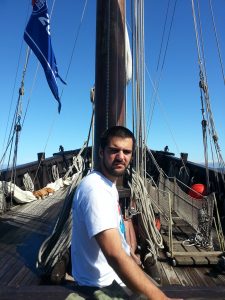
In August 2016, the Ciência Viva institution (which means Living Science in Portuguese) in Portugal was celebrating its 20thanniversary, and as a major science communication institution they planned a grand event to bring Portuguese cultural heritage together with science. Ever since Portuguese sailors navigated around the Cape of Good Hope over 500 years ago, sailing by the southern tip of Africa and into the Indian Ocean, Portugal has had a worldwide reputation for maritime exploration.
Thus the “Ao Leme com a Ciência Viva” project was born, which means “At the Helm with Ciência Viva”. Together with 7 volunteers representing different scientific institutions and fields including biology, chemistry and astronomy, we embarked on an outreach voyage along the coast of Portugal, passing through key ports to celebrate science, grand adventures and our connection to the sea.
At the time I was a Master’s student with a background in physics. I wouldn’t say I was a scientist at the time, but I was reasonably knowledgeable of the sky and the motions of the Sun, Moon, stars and planets. As in the early days of ocean exploration I was tasked with traditional navigation using the stars and tools like the sundial and astrolabe.
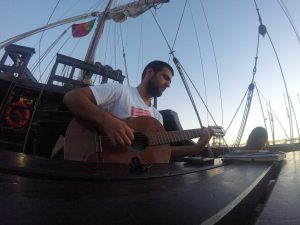
The voyage took seven days on a historical ‘man-o-war’ vessel named Vera Cruz. As part of a small 20-person crew of scientists and sailors, we lived and worked on or below deck and were always surrounded by the sea breeze and the light of the stars. Everyone had a job, and these ranged from handling the helm (which required at least two people sitting on a cable to push the helm in a given direction), preparing food, or cleaning the bathroom. It was sometimes hard to stay awake on duty at 4 in the morning while trying to keep the boat from crashing into a rock — but in these moments we were always rewarded with a beautiful sunrise over the coast.
The magic of outreach came to life during the voyage and, when docked at harbour, we met with the public ranging from dazzled children to curious seniors. I was given the opportunity to demonstrate how sundials work and how to build one with just a piece of paper and a straw (and of course by making some calculations, as at the end of the day I am a physicist).
So many remarkable moments were condensed in that week that it’s hard to express everything, and even harder to write them in a short article. But I’ll finish with something I learned from this trip (apart from how to tie knots):
To my fellow scientists, never miss an opportunity to do outreach. Whenever possible within your ability and schedule, be willing to give some time to help people. The help you give to others usually pays off in some way and you might even be selected to go on a wonderful voyage, as I was. For me, the outreach activity is its own reward. I’ve been doing it for more than 7 years, both at the Observatory of Lisbon and the planetarium, hopefully bringing wonder and knowledge to the public so they can peer a little bit deeper into the darkness of the cosmic unknown. Which, in my opinion is at the heart of outreach.
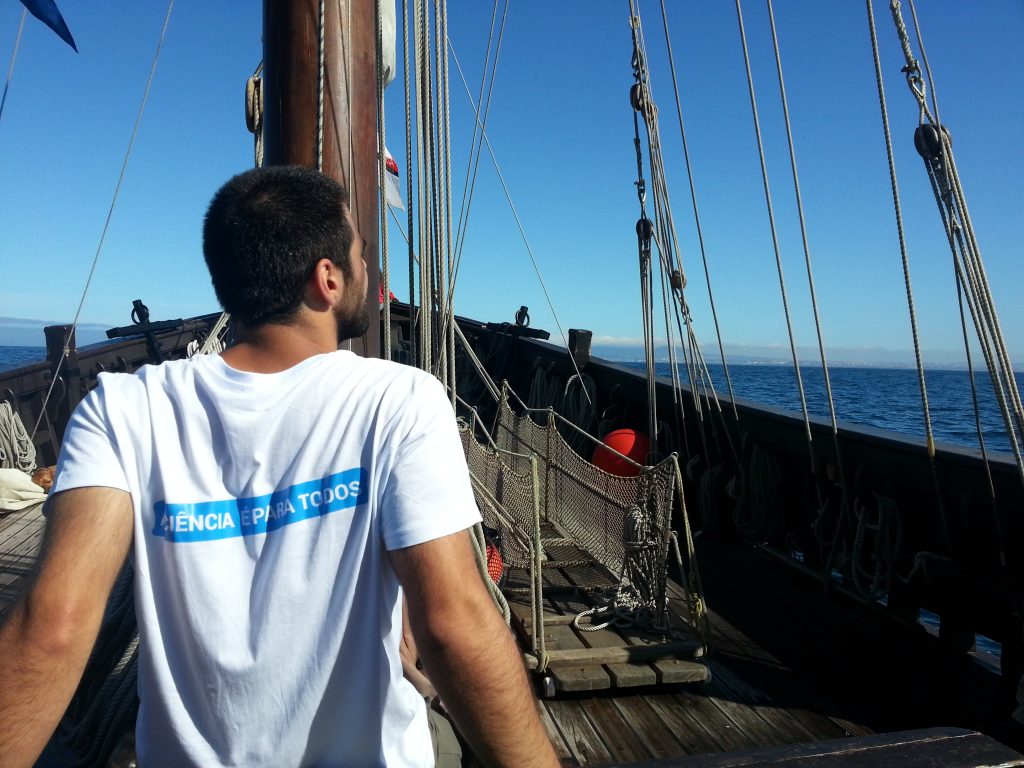
Do you like this story and want more? Browse our archive of EPEC Inspiring Stories and get inspired!

